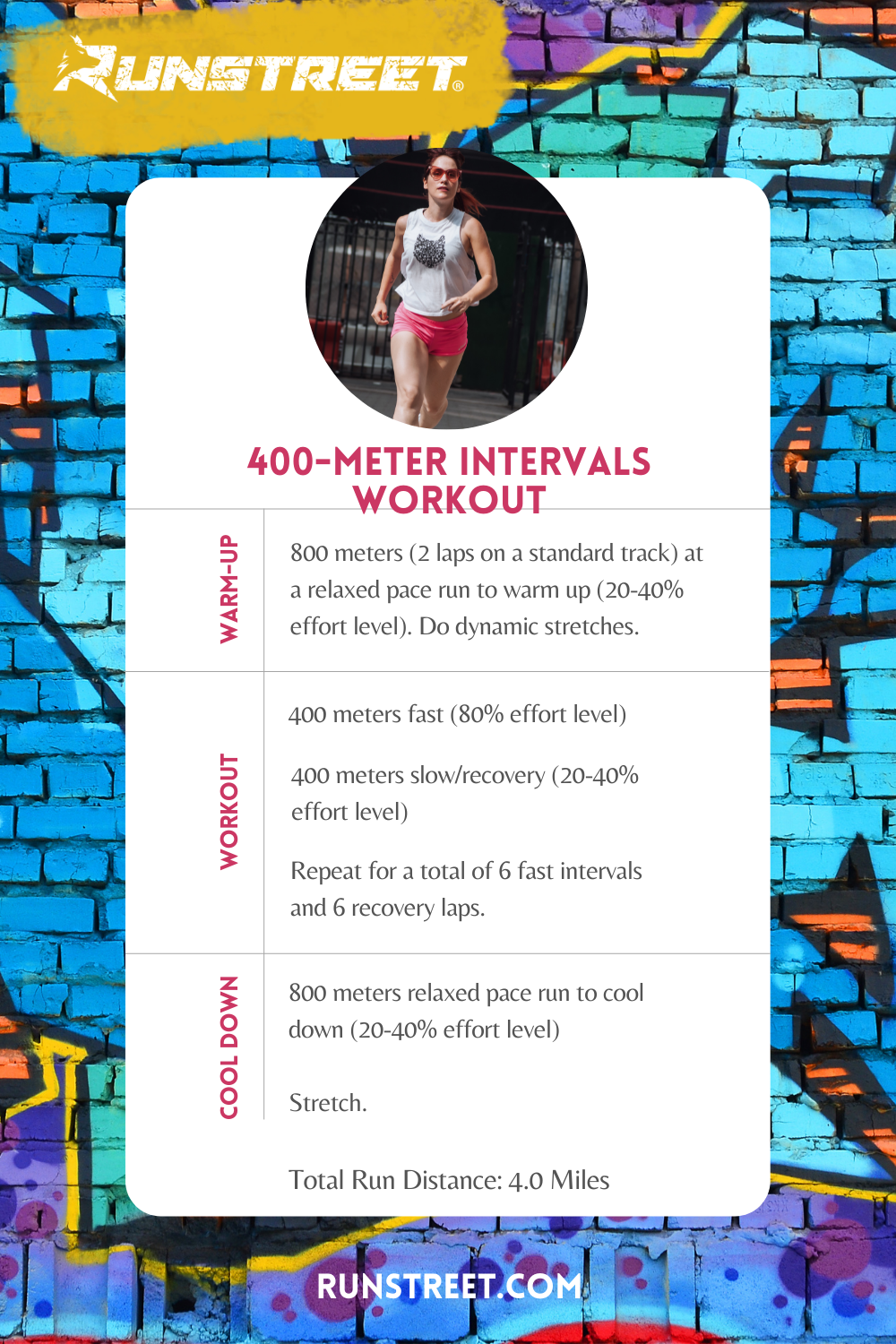Revamp Your Running Strategy: Tips for Improved Performance
Revamp Your Running Strategy: Tips for Improved Performance
Blog Article
Handling Typical Running Discomforts: Reasons, Solutions, and Avoidance
As joggers, we usually encounter various pains that can impede our performance and pleasure of this physical task. By discovering the origin factors for these operating discomforts, we can reveal targeted remedies and preventive measures to ensure a smoother and much more fulfilling running experience.
Typical Running Pain: Shin Splints
Shin splints, a typical running pain, typically result from overuse or incorrect footwear during physical activity. This condition, clinically referred to as median tibial stress and anxiety disorder, materializes as discomfort along the inner edge of the shinbone (tibia) and prevails amongst professional athletes and joggers. The repeated tension on the shinbone and the tissues attaching the muscular tissues to the bone brings about inflammation and pain. Runners who swiftly increase the intensity or period of their exercises, or those that have level feet or inappropriate running methods, are especially vulnerable to shin splints.
To prevent shin splints, individuals should slowly enhance the intensity of their exercises, put on suitable shoes with proper arch support, and keep flexibility and stamina in the muscular tissues surrounding the shin. If shin splints do happen, first treatment involves remainder, ice, compression, and altitude (RICE) Additionally, integrating low-impact tasks like swimming or biking can help maintain cardiovascular health and fitness while allowing the shins to heal. Consistent or extreme instances may require medical analysis and physical treatment for effective management.
Usual Running Discomfort: IT Band Disorder
Along with shin splints, one more common running pain that athletes typically come across is IT Band Syndrome, a condition brought on by inflammation of the iliotibial band that runs along the external upper leg and knee. IT Band Disorder normally materializes as pain outside of the knee, especially during tasks like running or biking. The iliotibial band is a thick band of fascia that links the hip to the shin, and when it becomes inflamed or limited, it can scrub against the thigh bone, leading to pain and discomfort.
Runners experiencing IT Band Disorder might discover a stinging or hurting experience on the outer knee, which can worsen with ongoing task. Elements such as overuse, muscle inequalities, inappropriate running type, or inadequate workout can contribute to the development of this problem. To avoid and minimize IT Band Syndrome, joggers ought to focus on extending and strengthening workouts for the hips and thighs, proper shoes, gradual training development, and attending to any biomechanical concerns that might be exacerbating the trouble. Disregarding the symptoms of IT Band Disorder can lead to persistent issues and long term recovery times, stressing the significance of very early intervention and correct management approaches.
Usual Running Discomfort: Plantar Fasciitis

Plantar Fasciitis can be credited to numerous variables such as overtraining, improper shoes, running on hard surfaces, or having high arcs or level feet. To stop and reduce Plantar Fasciitis, runners can integrate stretching workouts for the calf bones and plantar fascia, use helpful shoes, keep a healthy and balanced weight to reduce strain on the feet, and gradually increase running intensity to avoid sudden tension on the plantar fascia. If signs persist, it is recommended to speak with a health care expert for proper diagnosis and treatment alternatives to resolve the problem properly.
Usual Running Discomfort: Runner's Knee
After dealing with the difficulties of Plantar Fasciitis, another prevalent concern that joggers commonly deal with is Runner's Knee, a common running discomfort that can prevent athletic performance and create pain during exercise. Jogger's Knee, additionally called patellofemoral pain disorder, shows up as pain around or behind the kneecap. This condition is usually credited to overuse, muscle mass imbalances, improper running strategies, or issues with the alignment of the kneecap. Joggers experiencing this pain might really feel a dull, hurting pain while running, going up or down staircases, or after extended durations of resting. To avoid Jogger's Knee, it is important to incorporate correct warm-up and cool-down regimens, preserve solid and balanced leg muscles, use appropriate shoes, and gradually raise running intensity. If signs and symptoms persist, consulting from a health care professional or a sporting activities medicine expert is advised to identify the underlying reason and develop a customized treatment plan to alleviate the pain and stop further issues.
Usual Running Pain: Achilles Tendonitis
Typically afflicting joggers, Achilles Tendonitis is a painful condition that impacts the Achilles ligament, creating pain and possible limitations in physical activity. The Achilles tendon is a thick band of tissue that links the calf bone muscle mass to the heel bone, critical for tasks like running, leaping, and strolling - this website. Achilles Tendonitis often establishes because of overuse, inappropriate footwear, inadequate stretching, or unexpected rises in physical task
Symptoms of Achilles Tendonitis include pain and tightness along the ligament, specifically in the morning or after periods of next inactivity, swelling that intensifies with activity, and potentially bone stimulates in persistent instances. To prevent Achilles Tendonitis, it is vital to stretch correctly before and after running, put on appropriate shoes with proper support, gradually boost the strength of exercise, and cross-train to minimize repeated anxiety on the ligament. Treatment may include rest, ice, compression, elevation (RICE protocol), physical therapy, orthotics, and in severe instances, surgery. Early treatment and correct treatment are vital for handling Achilles Tendonitis successfully and stopping long-lasting problems.
Conclusion

Report this page